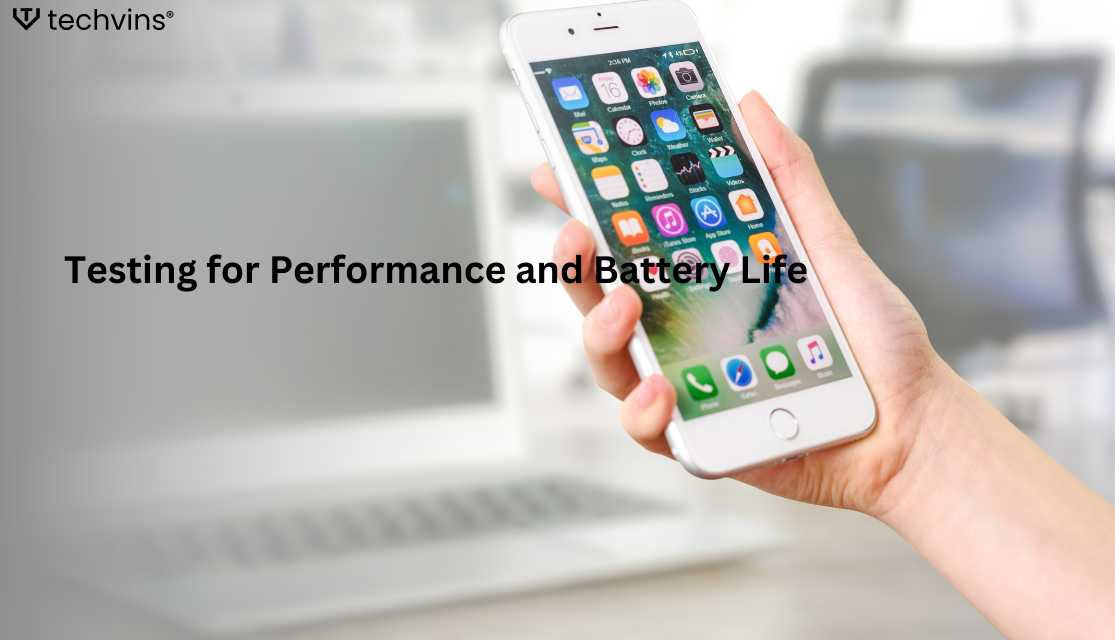Thorough testing across several platforms, particularly iOS and Android, is one of the most important aspects in designing mobile applications to ensure the program works as intended. Operating systems, user interfaces, performance standards, and requirements are all different for these two platforms. To find and fix platform-specific problems and guarantee that the app offers a dependable, seamless user experience on both iOS and Android devices, testing for these platforms is crucial.
Platform-Specific Guidelines and User Experience
The design philosophy and user interface principles of iOS and Android are different. While Android adheres to the Material Design principles, which place a higher priority on adaptability, responsiveness, and tactile feedback, Apple's Human Interface Guidelines (HIG) place more emphasis on consistency, simplicity, and easy navigation. It's critical to confirm during testing that the application complies with each platform's design and usability requirements. For example, iOS devices employ a navigation bar instead of the back button, which is usual on Android devices. For a flawless experience, testing makes sure that certain platform-specific design patterns are adhered to.
Compatibility and Device Fragmentation
Device fragmentation is one of the main issues with Android testing. Numerous devices with varying screen sizes, resolutions, hardware setups, and operating system versions can run Android. To make sure the app functions consistently, this calls for thorough testing on a range of devices. iOS, on the other hand, has fewer devices, but because the operating system is updated frequently, developers must test their apps on several iOS versions to make sure they work. To fix performance issues, testing should take into account the app's behavior on both new and old devices.
Testing for Performance and Battery Life
For both iOS and Android, performance testing is essential to guarantee responsiveness and seamless operation. However, because of variations in hardware, OS-level optimizations, and resource management, the two platforms' performance optimization differs. For example, since Android devices differ greatly in terms of battery management and capacity, power consumption is an important consideration. Although the battery life of iOS devices is more reliable, developers still need to adjust for model variations. Developers should keep an eye on how the application manages network utilization, background activities, and other elements that may affect battery life on both platforms when testing.
Security and Privacy Considerations
The security requirements of iOS and Android differ slightly, so it's critical to make sure apps adhere to both platforms' privacy and security policies. Higher security measures are typically the result of iOS's centralized app store and more stringent app vetting process. Android needs extra care to guarantee appropriate security protocols because of its more open ecosystem, particularly when it comes to data storage and app permissions. Making sure sensitive data is stored safely, requesting permissions correctly, and mitigating any vulnerabilities should all be part of the testing process for both platforms.
Automated vs. Manual Testing
For testing apps on both platforms, automated testing tools can be a huge help. There are cross-platform tools like Appium that allow you to create tests once and have them run on both iOS and Android, as well as platform-specific tools like Xcode for iOS and Android Studio for Android. Automated testing guarantees uniformity and expedites the testing process. To evaluate usability and make sure the software functions successfully in real-world scenarios, manual testing is still essential. To find any problems that an emulator or simulator could miss, testing on real devices is always necessary.
Conclusion: Ensuring a Seamless Experience Across Platforms
To make sure the app functions smoothly on all devices and operating systems, testing for iOS and Android calls for a platform-specific methodology. Developers may spot and fix such problems before the app is used by customers by being aware of the distinct features of each platform, such as design standards, device fragmentation, performance optimization, and security concerns. A smooth, excellent user experience across iOS and Android depends on comprehensive platform-specific testing, whether done manually or automatically.









